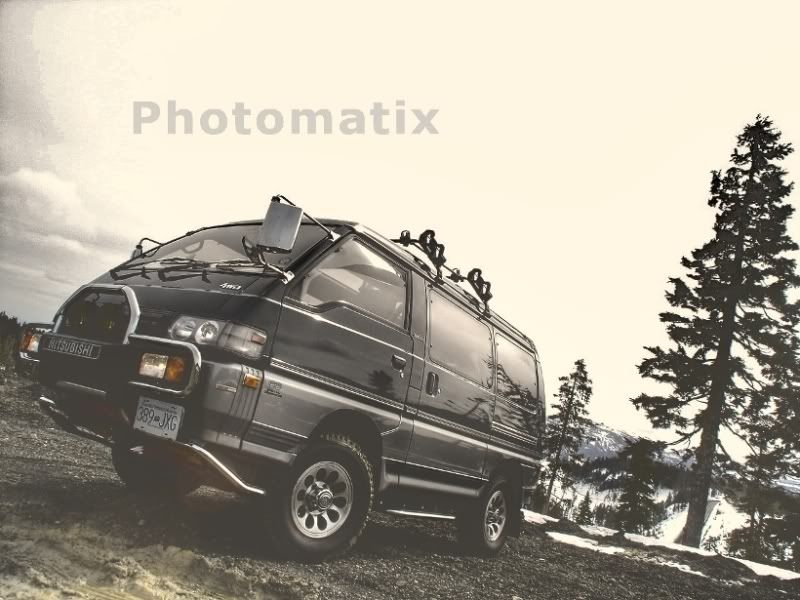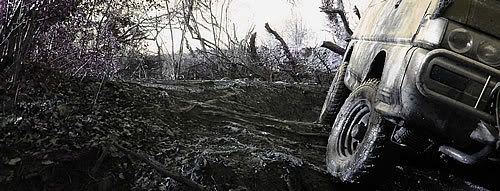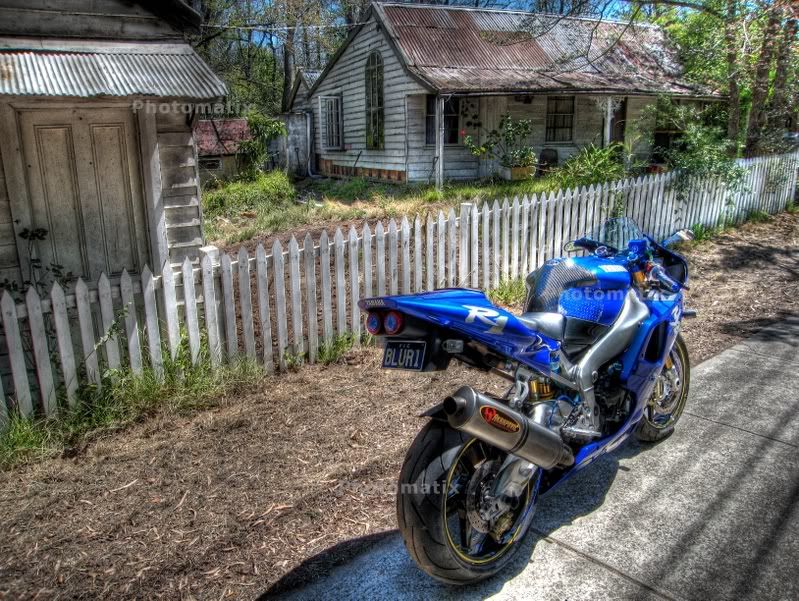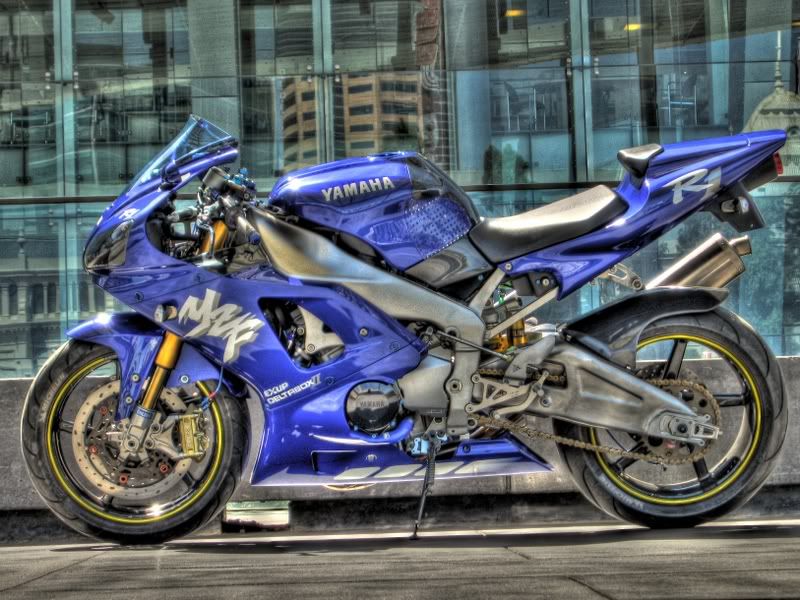I'm no expert at all or anything but I've had a bit of experience with HDR. Just about any pro photographer has been using similar techniques to HDR for some time now, traditionally you just take a couple exposures or use a feature called exposure bracketing in difficult lighting/metering situations and gradually layer only the sections you need of each exposure to get the desired result. Even prior to digital dodge and burn was used in darkrooms for this sort of thing.
For example you take a shot of your subject (a car) and use the proper exposure for the car with it's light and shadows and whatnot to look nice, in doing this your background is dark. So you take a second shot of the same thing with a longer exposure which captures the background perfectly and the car is overexposed and too bright. Later you simply layer either ontop of the other and fine tune with photoshop or your tool of choice. This works much better with RAW images from an SLR than with compressed JPEG images from a point and shoot, but you can work with either to an extent.
Here is an extreme example

This usually isn't referred to as HDR though, HDR seems to be a recently popular trend and is usually done quite poorly. Photomatix is a good program but with it's default settings for example it tends to make your HDR photos look like you've accidentally put the wrong kind of mushrooms on your pizza


What I really like is TTHDR : True Tone High Dynamic Range. Same concept as the above but created with attention to realism. Realistic colours, saturation, contrast, etc. The point of HDR after all is imitate what the human eye sees to make photos more realistic. If the below photo hadn't been created using multiple exposures and layers the part in shadow would be too dark and barely visible and/or the part in direct sunlight would be too bright. What I like is that several exposures were combined and it still looks realistic and is very close to what you would see if you were there. It doesn't jump out at you like a psychedelic painting or even obviously look like HDR. If you were there looking at these scene you would glance at the surrounding trees and your eyes would instantly adjust to the sunlight, and when you looked at the building your eyes would adjust to that. A single image from a camera (especially digital which still has less range than film) can almost never achieve this, so HDR, when done properly, is extremely useful.

While the first HDR example may be more exciting, true tone HDR makes for much better photos in my books. Digital sensors are getting better over time and techniques like HDR and becoming less needed, even now there is a surprising amount you can do with a RAW photo with the right tools.










 "I could be just around the corner from heaven, or a mile from hell." -- Jackson Browne, "The road and the sky".
"I could be just around the corner from heaven, or a mile from hell." -- Jackson Browne, "The road and the sky".